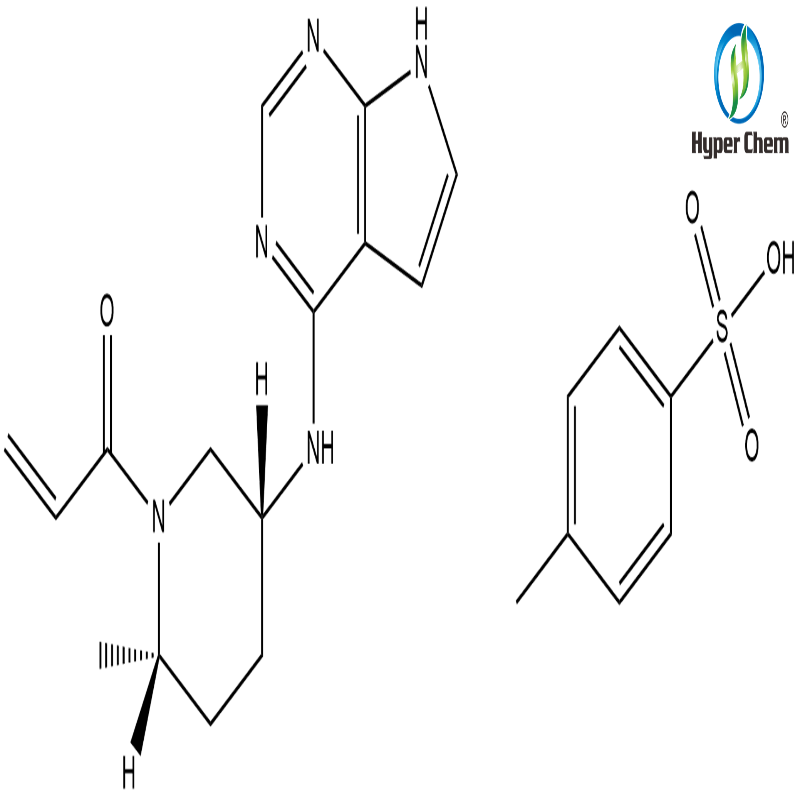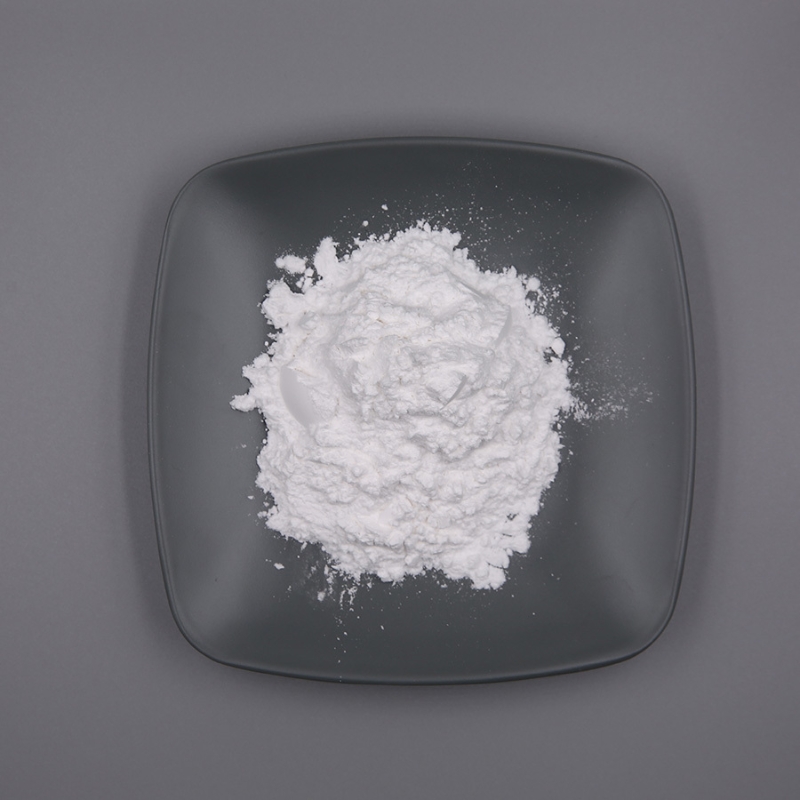Nature. The team of Single Libo/He Ping reveals new mechanisms for plant immunity regulation.
-
Last Update: 2020-07-21
-
Source: Internet
-
Author: User
Search more information of high quality chemicals, good prices and reliable suppliers, visit
www.echemi.com
The interaction between plants and pathogens is a very wonderful process of information exchange among species. In the face of a wide variety of microorganisms with different habits, plants have evolved the first immune defense line, known as PTI (PAMP triggered immunity).in this process, PRRS (pattern recognition receptors) located on the cell membrane play a key role.PRRS include three typical domains: extracellular ligand binding domain, transmembrane domain and intracellular kinase domain. PRRS can specifically recognize the pathogen conserved PAMP (pathogen associated molecular) Patterns, such as bacterial flagellin and fungal chitin), activate intracellular kinase domains through transmembrane domains, thereby activating downstream immune signals [1].Arabidopsis cytoplasmic receptor like kinases (rlcks) Bik1 is an immunomodulatory factor associated with many important PRRS proteins, such as fls2, BAK1 and SERK.Bik1 plays a role downstream of PRRS complex.Bik1 can phosphorylate nahph oxidase on cell membrane to regulate the production of reactive oxygen species, phosphorylate the nucleotides related to ion channel function, and change the concentration of intracellular calcium ion [2,3].however, the activation of Bik1 and the regulation of its dynamic relationship with PRR complex are still unclear. On April 22, 2020, Texas A & amp; M University) Professor Shan Libo and Professor He Ping published a research paper entitled "life induced monoubiquitination of Bik1 regulations plant immunity" in nature, which reported a new regulatory pathway between Bik1 protein and PRRS protein on plant cell surface, and revealed the new mechanism of ligand induced Bik1 monoubiquitination in regulating plant immunity.in this study, firstly, the dynamic distribution of Bik1 protein was observed by confocal microscope. After flg22 treatment, the abundance of Bik1 and fls2 increased, but later.previous studies have shown that U-box E3 ligases, such as pub12 and pub13, promote their degradation by ubiquitination of fls2 at multiple sites [4].the researchers speculated that Bik1 may also be ubiquitinated. Immunoprecipitation results showed that Bik1 was monoubiquitinated. In addition to flg22, other types of MAMPs, including elf18, pep1 and chitin, can also cause the monoubiquitination of Bik1, which indicates that the monoubiquitination of Bik1 is a unified event induced by MAMPs.previous studies have found that Bik1 can also be phosphorylated after flg22 treatment [5,6].this study found that flg22 induced Bik1 phosphorylation is the premise of Bik1 monoubiquitination on cell membrane.in order to identify the molecular chaperone associated with ubiquitination of Bik1, rha3a (at2g17450) encoding E3 ubiquitin ligase was screened by yeast two hybrid system and confirmed by in vitro and in vivo interaction experiments.it was also found that rha3b, the same family as rha3a, could also interact with Bik1.in vitro ubiquitination test showed that rha3a could be self ubiquitination. After mutant analysis, it was confirmed that rha3a / B was positively regulating flg22 induced single ubiquitination of Bik1.the key functional sites of Bik1 ubiquitinated by rha3a were analyzed by liquid chromatography tandem mass spectrometry (LC-MS / MS). It was found that the single ubiquitination site of rha3a Bik1 was not single, and there might be polyubiquitination process in the process of ubiquitination, and the phosphorylation of Bik1 was not affected by its monoubiquitination. Br / > it was confirmed that the transgenic plants could produce a series of mutants of RHAand the transgenic plants could produce a series of single lines of RHA . the normal Bik1 and the monoubiquitination defective Bik1 were used to study the endocytosis. It was found that Bik1 and fls2 may not be endocytosis at the same time, which is related to their different ubiquitination types. The induced monoubiquitination Bik1 directly affects the endocytosis process of fls2 cell membrane. The effect of Bik1 with monoubiquitination defect on the endocytosis of fls2 cell membrane and the dissociation of fls2 and Bik1 were analyzed The process of monoubiquitination of Bik1 plays an important role in the dissociation of Bik1 from PRRS complex, endocytosis of Bik1 and activation of immune signal transduction. (click to zoom in) to sum up, this study revealed a polyubiquitinated Bik1 regulates its stability [7], pub12 or pub13 polyubiquitinated fls2 regulates its degradation [5, 8】 We found that during the induction of MAMPs, rha3a / b mediated ubiquitination of Bik1 promoted its isolation from PRR complex and stimulated its endocytosis. We also studied the important function of this process in plant immune response, which provided a new insight into the mechanism of plant natural immunity. References: [1] Yu, X., Feng, B., he, P. & amp; Shan, L. from chaos to Harmony: responses and signaling epigenetic pattern recognition. Annu. Rev. Phytopathol. 55, 109 – 137 (2017). [2] Li, L. et al. The FLS2-associated kinase BIK1 directly phosphorylates the NADPH oxidase RbohD to control plant immunity. Cell Host Microbe 15, 329–338 (2014)【3】 Kadota, Y. et al. Direct regulation of the NADPH oxidase RBOHD by the PRR-associated kinase BIK1 during plant immunity. Mol. Cell 54, 43–55 (2014)【4】 Lu, D. et al. Direct ubiquitination of pattern recognition receptor FLS2 attenuates plant innate immunity. Science 332, 1439–1442 (2011)【5】 Lu, D. et al. A receptor-like cytoplasmic kinase, BIK1, associates with a flagellin receptor complex to initiate plant innate immunity. Proc. Natl Acad. Sci. USA 107, 496–501 (2010)【6】 Zhang, J. et al. Receptor-like cytoplasmic kinases integrate signaling from multiple plant immune receptors and are targeted by a Pseudomonas syringae effector. Cell HostMicrobe 7, 290–301 (2010).【7】 Wang, J. et al. A regulatory module controlling homeostasis of a plant immune kinase. Mol. Cell 69, 493–504.e496 (2018)【8】 Zhou, J. Et al. The dominant negative arm domain uncovers multiple functions of pub13 in Arabidopsis immunity, flowering, and consciousness. J. exp. bot. 66, 3353 – 3366 (2015)
This article is an English version of an article which is originally in the Chinese language on echemi.com and is provided for information purposes only.
This website makes no representation or warranty of any kind, either expressed or implied, as to the accuracy, completeness ownership or reliability of
the article or any translations thereof. If you have any concerns or complaints relating to the article, please send an email, providing a detailed
description of the concern or complaint, to
service@echemi.com. A staff member will contact you within 5 working days. Once verified, infringing content
will be removed immediately.







